I am trying to convert the for loop into any apply family for code optimization
Here is the sample data
my_data = structure(list(Sector = c("AAA", "BBB", "AAA", "CCC", "AAA",
"BBB", "AAA", "CCC"), Sub_Sector = c("AAA1", "BBB1", "AAA1",
"CCC1", "AAA1", "BBB2", "AAA1", "CCC2"), count = c(1L, 1L, 1L,
1L, 1L, 1L, 1L, 1L), type = c("Actual", "Actual", "Actual", "Actual",
"Actual", "Actual", "Actual", "Actual")), class = "data.frame", row.names = c(NA,
-8L))
Actual Function (Using for loop) this function gives us the expected output
expand_collapse_compliance <- function(right_table){
sector_list <- unique(right_table$Sector)
df = data.frame("Sector1"=c(""),"Sector"=c(""),"Sub_Sector"=c(""),"Actual"=c(""))
for(s in sector_list){
df1 = right_table[right_table$Sector==s,]
sector1 = df1$Sector[1]
Sector = df1$Sector[1]
Sub_Sector = ""
actual = as.character(nrow(df1))
mainrow = c(sector1,Sector,Sub_Sector,actual)
df = rbind(df,mainrow)
Sub_Sector_list <- unique(df1$Sub_Sector)
for(i in Sub_Sector_list){
df2 = right_table[right_table$Sub_Sector==i,]
sector1 = df1$Sector[1]
Sector = ""
Sub_Sector = df2$Sub_Sector[1]
actual = nrow(df2)
subrow = c(sector1,Sector,Sub_Sector,actual)
df = rbind(df,subrow)
}
}
df = df[2:nrow(df),]
df$Actual = as.numeric(df$Actual)
df_total = nrow(right_table)
df = rbind(df,c("","Total","",df_total))
return(df)
}
DT::datatable(expand_collapse_compliance(mydata1),
rownames = F,escape = FALSE,
selection=list(mode="single",target="row"),
options = list(pageLength = 50,scrollX = TRUE,
dom = 'tp',ordering=F,
columnDefs = list(list(visible=FALSE, targets=0),
list(className = 'dt-left', targets = '_all'))),class='hover cell-border stripe')
i tried to convert inner loop to lapply first while doing that the sub_sector value is not showing in the output table, please let me know how to fix any idea would be appreciated
expand_collapse_compliance <- function(right_table){
sector_list <- unique(right_table$Sector)
df = data.frame("Sector1"=c(""),"Sector"=c(""),"Sub_Sector"=c(""),"Actual"=c(""))
for(s in sector_list){
df1 = right_table[right_table$Sector==s,]
sector1 = df1$Sector[1]
Sector = df1$Sector[1]
Sub_Sector = ""
actual = as.character(nrow(df1))
mainrow = c(sector1,Sector,Sub_Sector,actual)
df = rbind(df,mainrow)
Sub_Sector_list <- unique(df1$Sub_Sector)
#for(i in Sub_Sector_list){
lapply(Sub_Sector_list, function(x){
df2 = right_table[right_table$Sub_Sector==Sub_Sector_list,]
sector1 = df1$Sector[1]
Sector = ""
Sub_Sector = df2$Sub_Sector[1]
actual = nrow(df2)
subrow = c(sector1,Sector,Sub_Sector,actual)
df = rbind(df,subrow)
})
}
df = df[2:nrow(df),]
df$Actual = as.numeric(df$Actual)
df_total = nrow(right_table)
df = rbind(df,c("","Total","",df_total))
return(df)
}
